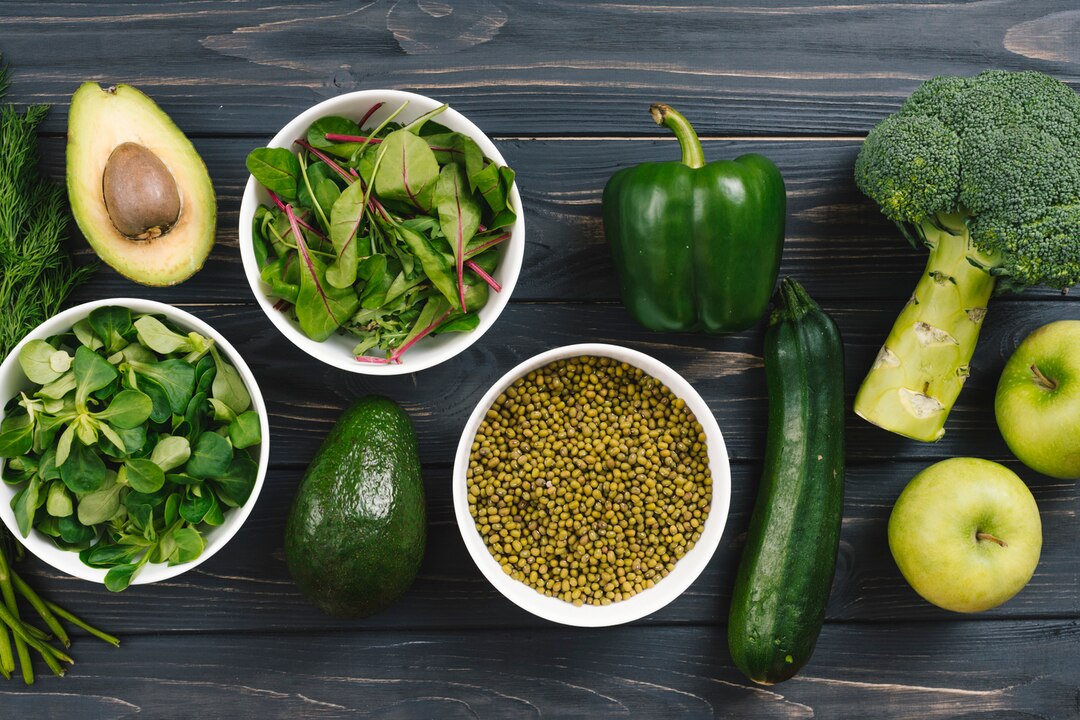In recent years, nutrition experts have emphasized the importance of eating a diverse range of plant-based foods to support gut health, reduce inflammation, and boost overall wellness. Research suggests that consuming 30 different plants a week can significantly enhance the diversity of your gut microbiome, which plays a crucial role in digestion, immunity, and mental health. While 30 might sound like a daunting number, there are plenty of creative ways to incorporate this variety into your diet.
Why 30 Plants a Week?
The gut microbiome thrives on variety. Each type of plant provides unique fibers and nutrients that feed different types of beneficial gut bacteria. The more diverse your diet, the healthier and more balanced your gut microbiome becomes. This diversity can improve digestion, enhance nutrient absorption, and even support mental health, as gut health is closely linked to the brain.
The term “plants” in this context doesn’t just mean vegetables. It includes fruits, whole grains, nuts, seeds, legumes, herbs, and spices—giving you plenty of options to work with.
Clever Ways to Incorporate 30 Plants a Week
1. Make Salads More Interesting
Instead of a plain lettuce and tomato salad, mix it up with a variety of greens like spinach, kale, and arugula. Add shredded carrots, cucumbers, bell peppers, radishes, and even fruits like apples or pomegranate seeds. Top with seeds, nuts, and a sprinkle of fresh herbs like cilantro or parsley.
2. Experiment with Grain Bowls
Grain bowls are perfect for layering multiple plants in one meal. Start with a base of quinoa, farro, or brown rice. Add roasted or steamed veggies, a handful of greens, beans or lentils, and finish with a tahini or avocado-based dressing.
3. Blend Plant-Packed Smoothies
Smoothies are an easy way to consume a variety of plants in one go. Combine leafy greens like spinach or kale with frozen berries, bananas, flaxseeds, and plant-based milk. Toss in extras like chia seeds, fresh herbs, or a scoop of nut butter for added variety.
4. Get Creative with Soups and Stews
Soups and stews are a fantastic way to use a wide range of vegetables and legumes. Add carrots, celery, zucchini, potatoes, lentils, beans, and herbs like thyme and rosemary. You can blend part of the soup for a creamy texture while keeping chunks of vegetables for variety.
5. Snack on Mixed Nuts and Seeds
Create your own trail mix with almonds, walnuts, cashews, sunflower seeds, and pumpkin seeds. Add dried fruits like raisins or cranberries for a touch of sweetness. This not only diversifies your diet but also provides a healthy, satisfying snack.
6. Add Veggies to Breakfast
Start your day with plants by adding spinach, mushrooms, tomatoes, or zucchini to omelets or scrambled eggs. You can also top avocado toast with radishes, arugula, or microgreens for a nutrient-packed breakfast.
7. Explore New Cuisines
Different cuisines often use a variety of plants in unique ways. Try making Indian curries with lentils and spices, Mediterranean dishes with eggplant and chickpeas, or Asian stir-fries with bok choy, snap peas, and sesame seeds.
8. Bake with Hidden Plants
Incorporate plants into your baking by adding grated zucchini or carrots to muffins and bread. Swap some flour for almond or coconut flour, and add flaxseeds or chia seeds for a nutritional boost.
9. Use Herbs and Spices Liberally
Don’t overlook herbs and spices—they count too! Fresh basil, mint, dill, and cilantro add flavor and nutrients. Spices like turmeric, cumin, cinnamon, and paprika not only enhance dishes but also contribute to your plant variety count.
10. Top Your Meals with Extras
Sprinkle chopped nuts, seeds, or microgreens on soups, salads, and pasta dishes. These small additions can quickly increase your plant diversity.
11. Try Plant-Based Snacks
Swap processed snacks for options like roasted chickpeas, veggie chips, or hummus with sliced vegetables. These are delicious ways to add plants to your daily routine.
12. Diversify Your Grains
Instead of sticking to just rice or wheat, explore grains like bulgur, millet, teff, or buckwheat. Each offers unique textures and nutrients while contributing to your plant tally.
13. Build a Stir-Fry Rainbow
When making stir-fry, aim for a variety of colors. Use red bell peppers, orange carrots, green broccoli, yellow squash, and purple cabbage. Add tofu or tempeh for extra protein and plant diversity.
14. Grow Your Own Herbs
Having a small herb garden at home makes it easy to add fresh basil, thyme, or oregano to meals. Homegrown herbs are more flavorful and nutrient-rich than store-bought options.
15. Try Plant-Based Proteins
Incorporate plant-based proteins like chickpeas, lentils, black beans, or edamame into your meals. These legumes are versatile and nutrient-dense, making them excellent additions to soups, salads, or stews.
16. Incorporate Dried and Frozen Plants
Dried fruits, canned beans, and frozen vegetables are convenient ways to boost plant diversity without worrying about spoilage. Mix frozen spinach into soups or toss dried apricots into salads.
17. Keep a Weekly Tracker
To stay on track, write down the plants you’ve eaten throughout the week. This not only helps you reach your goal but also encourages you to try new foods.
Incorporating 30 plants a week may seem challenging, but with a little creativity and planning, it can be a fun and rewarding goal. By embracing a wide variety of plants, you’ll not only improve your gut health but also enjoy a more colorful, flavorful, and nutrient-rich diet. Start small, experiment with new ingredients, and watch your plate—and your health—flourish.








